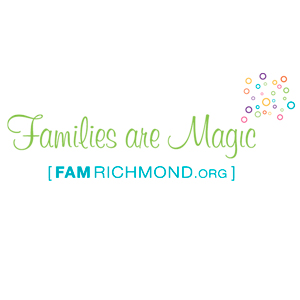Q. My seventh-grade son has started wearing a lot of black, goth-type clothing this summer and he gets strange looks in public. How do I get him to wear something else without shutting down his sense of individuality?
A. Pre-teens and teens frequently use their appearance as a way to express their internal experiences, to experiment with their identity, or to identify themselves as part of a particular peer group. All of these can be tied closely with their self-esteem at this age so it is important to proceed with caution when addressing your son’s style. Before making judgments about his clothing or asking him to wear something else, seek first to understand what this shift in style means to your son. Consider this dramatic shift in your son’s appearance as an opportunity to connect with him. We must spend time understanding a teen’s inner life before we can begin to make any sense of their choices. Once you spend time hearing from him about the new style direction, you may develop more understanding about his choices and feel more comfortable adjusting to this new stage. As children turn into teenagers there will be many points of tension with their parents. To reduce the frequency of power struggles and maintain a strong relationship, it can be useful to allow teens the freedom to make choices about their appearance (within the limits of keeping them safe and out of serious trouble).
It is normal for children at this age to begin to find creative ways to express themselves and it is possible that this “goth-type clothing” stage will transition to something else even without any intervention from you. If his choices become too offensive to tolerate, consider exploring with him other ways that his individuality can be expressed within limits that you both are comfortable with. After hearing from him about what this style represents, you will be better prepared to help him identify alternative outlets.
Q. We recently moved from an area of the country where very few people of color live. Our family is very liberal and tolerant, but I’ve noticed that my 4-year-old won’t play with a child and I think it’s because of the color of her skin. What should I do to get her through this before preschool starts?
A. It is normal for children to begin to notice differences after a certain age, especially when they have not been exposed to people who look different from themselves. In addition to modeling an attitude of tolerance, it is important to help children understand differences in people. Bring in TV programs, books, music, toys, foods, and activities that reflect diversity into your home. When children ask questions directly about differences in people, welcome these questions with openness and answers at an age-appropriate level.
It is helpful for children to see you also interacting and spending time with those who are culturally diverse. What about inviting the whole family of this child over for a barbecue? Inviting one of the parents to have a play date? It is important that children see you as accepting and tolerant. Because you have recently moved to the area, it is possible that your child will just need time adjusting to this change. Check in with your child about how this transition is going for her and ask about her thoughts and feelings about the new children she is interacting with. This may open the door for more direct and important conversation about diversity.




